Why Do Water Suckers Lack Vigor?
struwwelpeter
14 years ago
Related Stories

GARDENING GUIDES6 Plants for Colorful Fall Foliage in the Water-Wise Western Garden
Try these colorful, drought-tolerant additions to your garden for a fall season filled with color
Full Story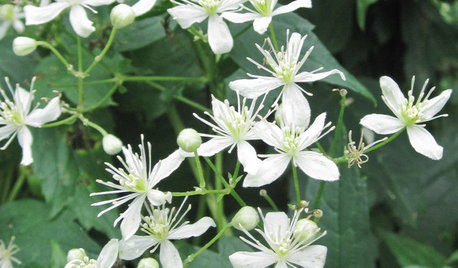
GARDENING GUIDESGreat Design Plant: Clematis Virginiana
Devil’s darning needles, a vigorous vine native to eastern North America, likes partial shade and many types of soils
Full Story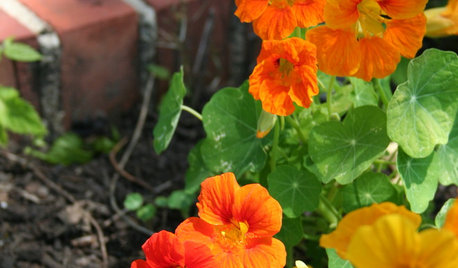
GARDENING GUIDESDon’t Let These Excuses Keep You From Gardening
Stop blaming your lack of experience, space, time and funds, and get on with the joy of garden making
Full Story
MOST POPULARMeet a Lawn Alternative That Works Wonders
Carex can replace turfgrass in any spot, is low maintenance and adjusts easily. Add its good looks and you’ve got a ground cover winner
Full Story
GREEN BUILDINGBuilding Green: How to Design a Healthier Landscape
Plant selection, water management, fire-prevention measures and more can ensure that your landscape is good for the planet and for you
Full Story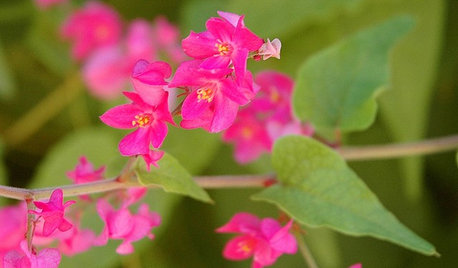
GARDENING GUIDESGreat Design Plant: Antigonon Leptopus in California and Desert Gardens
Dry climates can enjoy sprays of delicate pink flowers and heart-shaped leaves on this drought-tolerant, summer-flowering vine
Full Story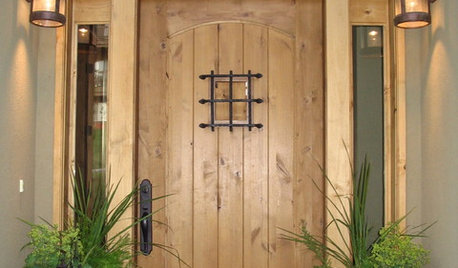
ENTRYWAYSA Cool Door Feature With a Clandestine Past
Psst ... keep it under your hat, but speakeasy grilles are still around — and they’re as practical as they are full of character
Full Story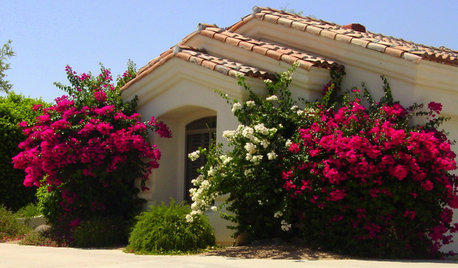
LANDSCAPE DESIGNGreat Design Plant: Sun-Loving Bougainvillea Showers Yards With Color
Bring unbeatable vibrancy to a garden or wall with this unfussy and trainable shrub packed with colorful bracts
Full Story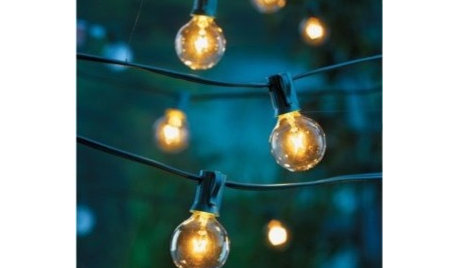
PRODUCT PICKSGuest Picks: Stretch Out Summer With Outdoor Lights
Don't let shorter days spoil the party. String lights, flameless candles and lanterns can brighten patios beyond summer
Full Story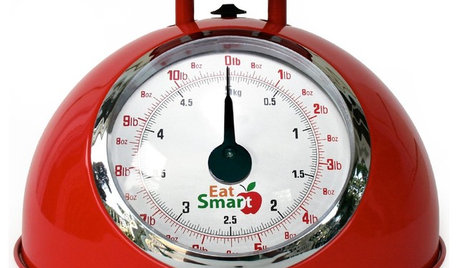
PRODUCT PICKSGuest Picks: Handy Helpers for Small Kitchens
Smart about size or dual use, these appliances, gadgets and pots offer full service while saving kitchen space
Full Story





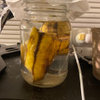

dirtyhandjeff
sfhellwig
Related Professionals
Glendora Landscape Architects & Landscape Designers · Middle River Landscape Architects & Landscape Designers · Rossville Landscape Architects & Landscape Designers · Middletown Landscape Contractors · Brunswick Landscape Contractors · Dinuba Landscape Contractors · Estelle Landscape Contractors · Fair Oaks Landscape Contractors · Fort Myers Landscape Contractors · Middleton Landscape Contractors · New Cassel Landscape Contractors · San Rafael Landscape Contractors · Wickliffe Landscape Contractors · Anderson Roofing & Gutters · Dallas Roofing & GuttersstruwwelpeterOriginal Author
dirtyhandjeff